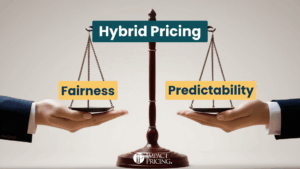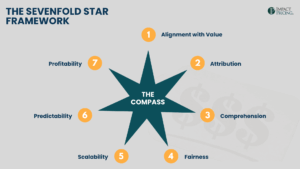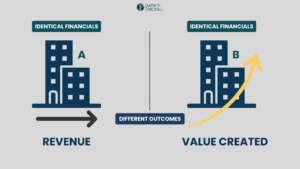I just read an article titled, “How Amazon and McDonald’s Use Bundling to Sell More of Everything.” Since I spend a lot of time thinking about how packaging impacts pricing, I was curious. It was a well-written article with an insightful concept of superfans and casual fans. It’s worth a read.
BUT, what I wanted to pull out of this was about value, of course. Let’s think about Cable companies and the bundle of TV channels. As users, we receive many channels we don’t watch, but all providers insist on these bundles. But the question we want to tackle in this post is, “what is the value to a cable company of a specific TV channel?”
Assume you are in charge of pricing The Weather Channel to DirecTV. How much should you charge? The answer should be, what is DirecTV willing to pay?
Take a moment and think. What is the value to DirecTV of having The Weather Channel in their bundle? How would you find out?
Here is one great answer, as pointed out in the article. How many people would unsubscribe if they removed The Weather Channel from the bundle? You can take their subscription rate times the number of people to get revenue that would be lost. Of course, The Weather Channel can’t take all of it, but half seems reasonable.
It doesn’t seem easy to figure out how many people would unsubscribe, but they ran an “experiment” in 2014 when DirecTV and The Weather Channel couldn’t negotiate a deal, so they pulled the channel. They both watched to see how many people unsubscribed and then could compromise based on the knowledge of the value to DirecTV.
I love this article because they found a way to determine the value of a feature or an item in a bundle. Your product is essentially a bundle of features. What is the value of any one feature?
Maybe you can’t run an experiment like the one described above. Another technique is conjoint analysis. You may want to check our newest course about how to use conjoint. It’s a powerful marketing research tool.















